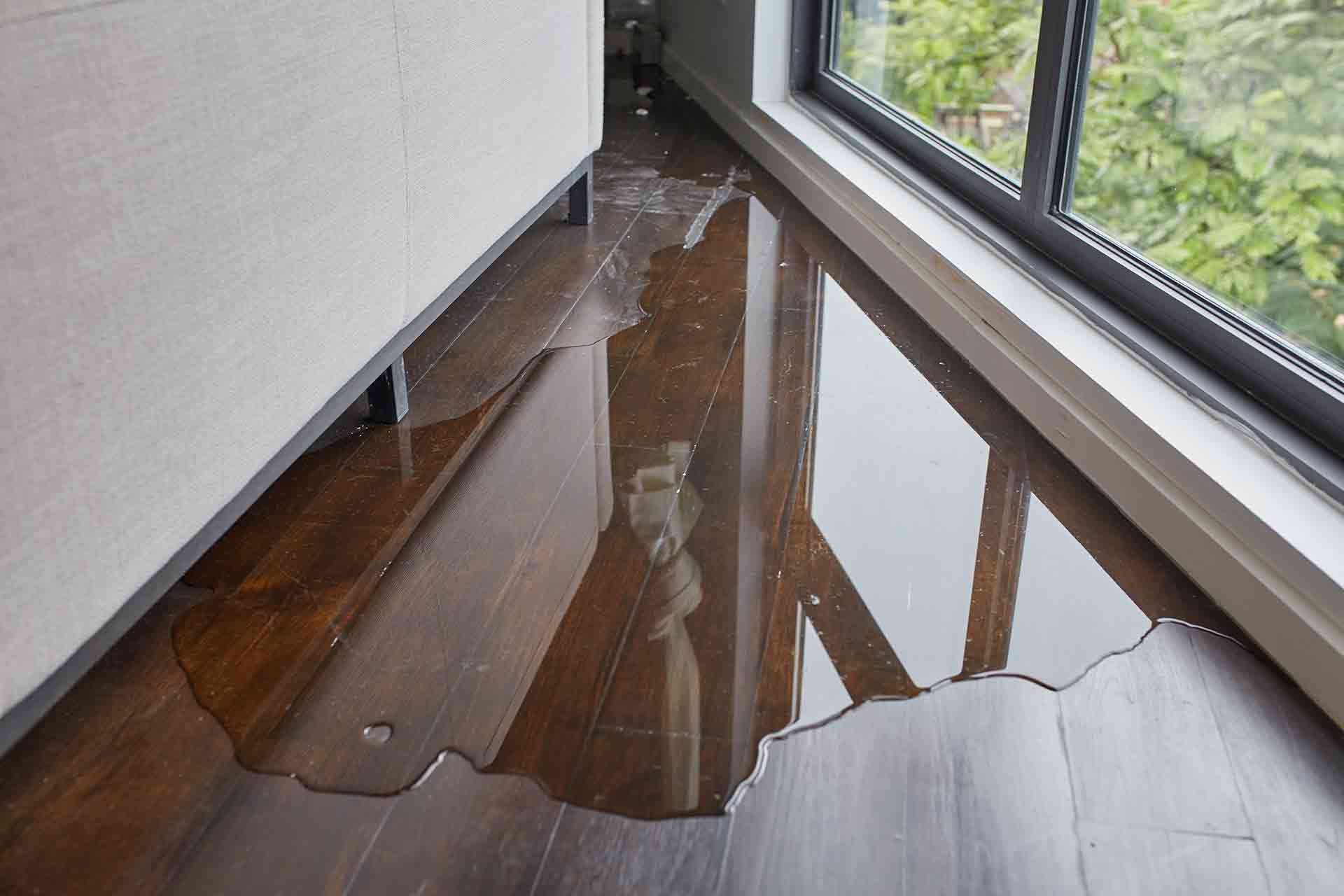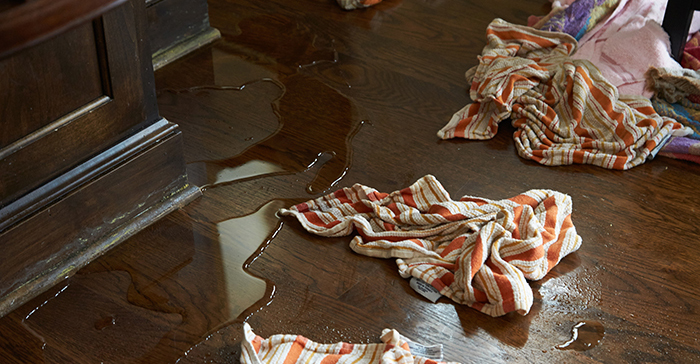We have stumbled on the article on How to Repair and Prevent Bathroom Water Damage down the page on the net and felt it made good sense to relate it with you on this site.

The restroom is very at risk for moist build-up and also possible water damages due to the frequent use water in it. This write-up offers simple inspection methods to assist finding water damages hazards.
The regular use water in the washroom makes it exceptionally prone for damp buildup and also potential water damages. By evaluating it consistently, you can reduce water related damages.
The adhering to collection of assessments is simple to carry out and should be done once in every 3 months in order to maintain your washroom healthy as well as to avoid prospective water damages brought on by the bath tub, the shower, pipeline joints and also plumbing, sinks, cupboards, as well as the bathroom
Do not neglect performing these examinations and also be complete while executing them. Bear in mind that these easy inspections can conserve you a great deal of cash by offering early indications for water damages
Tub and also Shower
The shower and also bath tub need unique interest and maintenance. Examine the ceramic tiles as well as replace if cracked. Make sure that there is no missing grout between the tiles. Inspect and change fractured caulking at joints where the wall surfaces satisfy the floor or the bathtub. Obstructed drains pipes as well as pipes problems will certainly protect against the tub from drying and might show severe issues beneath the bathtub. Seek advice from an expert right away to prevent structural damages. Focus on discolorations or soft areas around the bath tub walls as they may show an interior leak.
Plumbing
Signs for water damages are difficult to detect given that the majority of pipelines are installed inside the wall surfaces.
Pay unique attention to floor covering as well as walls dampness as well as stains as they might suggest an invisible plumbing trouble. Inspect dampness levels in adjacent spaces too.
Sinks as well as Cabinets
Sinks and closets are subjected to moisture as well as humidity everyday as well as are typically overlooked. Examine regularly under the sink and also on the countertop over it. Repair any kind of drip in the trap as it might suggest drainpipe problems. Browse the sink, slow-moving draining pipes might indicate an obstructed drain. Change sink seals if they are cracked or loosened.
The Toilet
The bathroom is a vulnerable water junction. Inspect the water lines and also search for leaks around the commode seat, in the hose, as well as under the water container. If you detect any type of indicators of dampness on the floor around the bathroom, look for leaks in the toilet rim and container seals.
Know that hanging toilet bowl antiperspirants increases the possibilities for obstructions.
Water Damage Signs In The Bathroom To Avoid Cleanup
Musty smell
This is one of the easiest signs to catch because musty smells are so odorous. The damp, earthy, moldy smell should be a big red flag. The smell will develop when moisture gets trapped in surfaces, and begins to facilitate mold growth. Leaking pipes under cabinets, inside walls, and behind shower fixtures will cause moisture to stay trapped and not dry, which will lead to mold growth and spread. As soon as you notice any musty smells in your bathroom, have it checked for hidden water damage and cleanup signs.
Visible mold
If the smell isn’t there to give it away, sometimes you will actually see mold growth. Finding mold in your bathroom is a serious problem, because mold is very harmful to your health. By the time mold growth is visible, it also means that water damage has already occurred and been present for some time. The only way the mold problem can be resolved is to find the source of the moisture and get it stopped. To safely and adequately remove mold, you need to have professionals handle the remediation. Do not waste any time in getting mold problems addressed, fixed, and sanitized so that you can protect you and your family from the many respiratory symptoms caused by mold exposure.
Damaged floors
Bathroom floors should be able to withstand some exposure to water while still remaining in good condition. However, when excess exposure or water leaks occur, they will begin to damage even the most water-resistant flooring. If you notice any cracking, bubbling, staining, or warping on your bathroom floors, there is probably a water leak somewhere causing the distortion. If you notice areas of the floor have become softer, or even have a spongy feeling, there is probably damage to the subfloor. Subflooring is typically made up of plywood. When plywood is exposed to water or moisture, it will absorb it. Once it has become saturated, the weight of the excess water will cause the wood to swell and soften. Check the floors in your bathroom frequently to catch any of these sings before they lead to damaged subflooring.
Changes on walls
When water leaks behind walls, it will cause changes in the drywall. Peeling plaster, blistering paint, and soggy wallpaper are all good indicators that excess water is building up behind the wall. Water leaking behind drywall will cause it to swell and be soft to the tough. If you start to notice gaps along the trim of your walls, or where tile meets the wall, it could also be a strong indicator that there is a leak behind the wall. Any changes, distortion, or damage on the walls should be evaluated as soon as you notice it to prevent further water damage and cleanup.

I hope you liked our part about How to Prevent Bathroom Water Damage. Many thanks for taking time to read our post. Feel free to set aside a second to share this blog posting if you enjoyed it. Thanks for taking the time to read it.
Schedule A Service